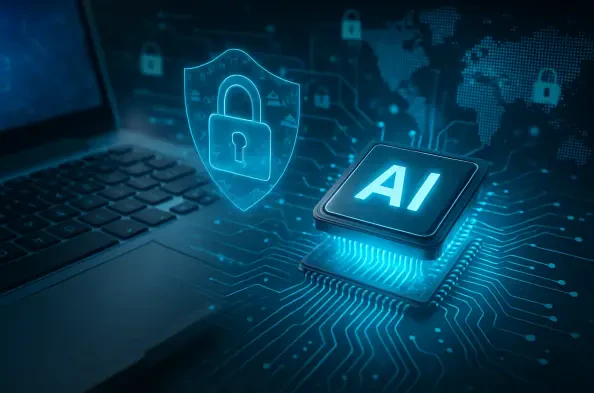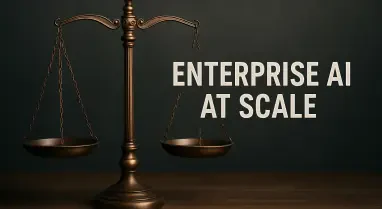In the high-stakes arena of cybersecurity, Security Operations Centers (SOCs) are grappling with an unprecedented deluge of cyber threats that challenge even the most advanced defenses. Picture a team of analysts, eyes glued to screens, drowning under thousands of daily alerts while a sophisticated attack slips through unnoticed—a scenario that is not rare but a daily reality for many organizations in 2025. With cybercrime costs projected to hit $10.5 trillion annually by next year, according to Cybersecurity Ventures, the pressure on SOCs to stay ahead has never been more intense. This critical challenge sets the stage for exploring how artificial intelligence (AI) is stepping in to reshape the battlefield.
The significance of this transformation cannot be overstated. SOCs are the frontline defense against cyber threats, yet human limitations are clashing with the speed and scale of modern attacks. AI offers a lifeline, not as a replacement for human expertise, but as a powerful ally that can automate tasks, anticipate dangers, and empower analysts to focus on strategic decisions. This shift is redefining cybersecurity, turning reactive firefighting into proactive resilience, and its implications touch every organization navigating the digital landscape.
Why Are Security Operations Centers Struggling to Keep Up?
SOCs face a relentless storm of cyber threats that outpace even the most dedicated teams. The sheer volume of alerts—often tens of thousands per day—creates a bottleneck where critical signals are buried under noise. Analysts, stretched thin, risk missing devastating breaches as they manually sift through data, a process that can take hours or even days for complex incidents.
Compounding this issue is the sophistication of attacks, which now often leverage automation and machine learning themselves. Ransomware, phishing, and zero-day exploits evolve at a breakneck pace, leaving traditional defenses outdated almost as soon as they are deployed. Human response times simply cannot match the speed of these threats, exposing vulnerabilities that could cripple an organization’s operations or reputation.
The toll on personnel adds another layer of difficulty. Alert fatigue and burnout are rampant, with studies from the Ponemon Institute indicating that over 60% of cybersecurity professionals report high stress due to workload. This human factor underscores a systemic crisis in SOCs, highlighting the urgent need for innovative solutions to bridge the gap between capacity and demand.
The Rising Tide of Cyber Threats and the Need for AI
As digital transformation accelerates, the attack surface for organizations expands exponentially. Cloud environments, remote workforces, and IoT devices create countless entry points for adversaries, while the frequency of attacks surges—IBM reports a 71% increase in ransomware incidents from 2025 to the latest data. Traditional tools, reliant on static rules and signatures, struggle to keep pace with these dynamic threats.
Alert fatigue is not just a symptom but a critical flaw in manual processes. Analysts often face a flood of false positives, wasting time on non-issues while real dangers lurk undetected. This inefficiency is a breaking point for many SOCs, where the cost of a single missed threat can be catastrophic, both financially and operationally.
Enter AI as a necessary evolution. By harnessing machine learning and advanced algorithms, AI can analyze vast datasets in real time, identifying patterns and anomalies that humans might overlook. This capability positions AI as an essential tool to augment SOC efforts, addressing the scale of modern challenges and paving the way for a more resilient defense strategy.
AI as a Game-Changer in SOC Workflows
AI is revolutionizing SOC operations by introducing both generative and agentic technologies that tackle distinct challenges. Generative AI excels in automating repetitive tasks, such as summarizing alerts and drafting incident reports, freeing analysts from mundane workloads. It also enhances triage by filtering out false positives, with some platforms reporting a reduction of up to 80% in irrelevant alerts, allowing focus on genuine threats.
Agentic AI takes this further with a spectrum of autonomy, ranging from providing recommendations to executing responses independently in urgent scenarios. For instance, in a real-world case, agentic AI detected and isolated a compromised host within seconds, preventing a ransomware spread that could have cost millions. This ability to act decisively in high-stakes moments marks a significant leap from traditional automation, offering tailored responses based on risk levels.
Beyond reaction, AI drives proactive threat hunting by spotting subtle indicators of compromise before they escalate. By continuously scanning for anomalies across networks, AI shifts SOCs toward prevention, as seen in deployments where early detection rates improved by over 50%. These advancements, grounded in tangible outcomes, illustrate how AI redefines workflows, turning overwhelmed teams into strategic defenders.
Voices from the Field: Expert Insights on AI in Cybersecurity
Industry leaders and SOC practitioners provide compelling perspectives on AI’s transformative impact. A senior cybersecurity analyst at a Fortune 500 company noted, “AI has cut our alert investigation time by half, letting us focus on strategy instead of slogging through noise.” Such firsthand accounts highlight the relief AI brings to overburdened teams, reducing burnout and enhancing effectiveness.
Research backs these experiences, with a 2025 Gartner study revealing that organizations using AI in SOCs saw a 60% improvement in threat detection accuracy. Experts emphasize that AI serves as a partner, not a substitute, amplifying human judgment rather than replacing it. This balance is critical, as trust in AI systems grows with each successful deployment.
Another voice, a CISO from a leading tech firm, shared an anecdote about AI uncovering a hidden phishing campaign that evaded traditional filters. “Without AI, that attack would have lingered for weeks,” they remarked. These insights from the trenches reinforce AI’s value, grounding the technological shift in real human impact and operational success.
Practical Steps for Building an AI-Native SOC
For organizations aiming to integrate AI into SOC operations, a structured approach is essential. Start by investing in specialized AI tools designed for cybersecurity, such as generative platforms for data synthesis and agentic systems for autonomous response. Selecting solutions that align with specific needs ensures seamless adoption and measurable results.
Redesigning workflows is another key step, prioritizing automation for repetitive tasks like log analysis while reserving human oversight for complex decisions. Training teams to validate AI outputs builds trust and accountability, ensuring that technology complements rather than overrides expertise. This hybrid model maximizes efficiency without sacrificing control.
Finally, establishing ethical guidelines and robust governance is non-negotiable. Mitigating risks like bias or potential misuse by adversaries requires strict access controls and continuous monitoring. By balancing innovation with responsibility, SOC leaders can create an AI-native environment that strengthens defenses while maintaining integrity and transparency.
Looking back, the journey of integrating AI into SOC operations revealed both challenges and triumphs. Reflecting on this evolution, it became evident that success hinged on strategic planning and adaptability. For those embarking on this path now, the next steps involve committing to ongoing training, regularly updating AI systems to counter emerging threats, and fostering collaboration between technology and human insight. Embracing these actions ensures that cybersecurity defenses not only keep pace but stay ahead in an ever-shifting landscape.






